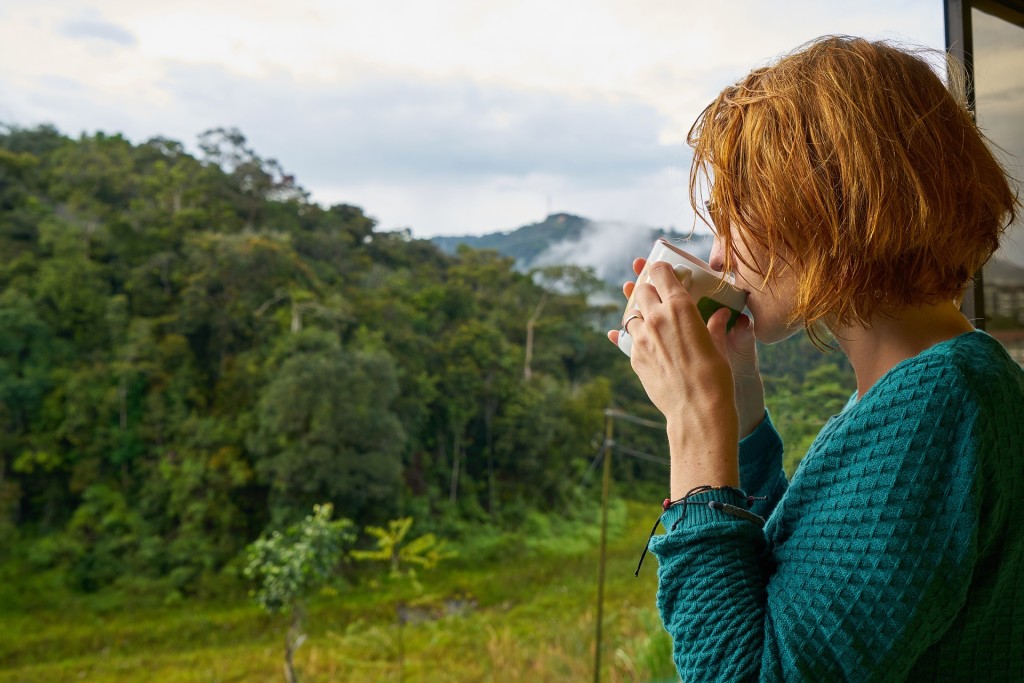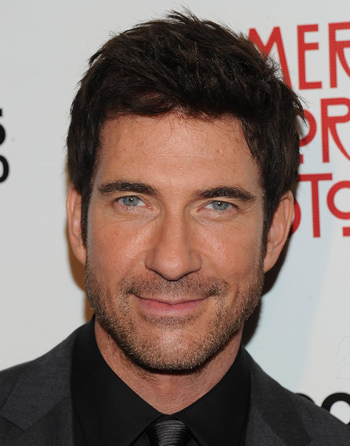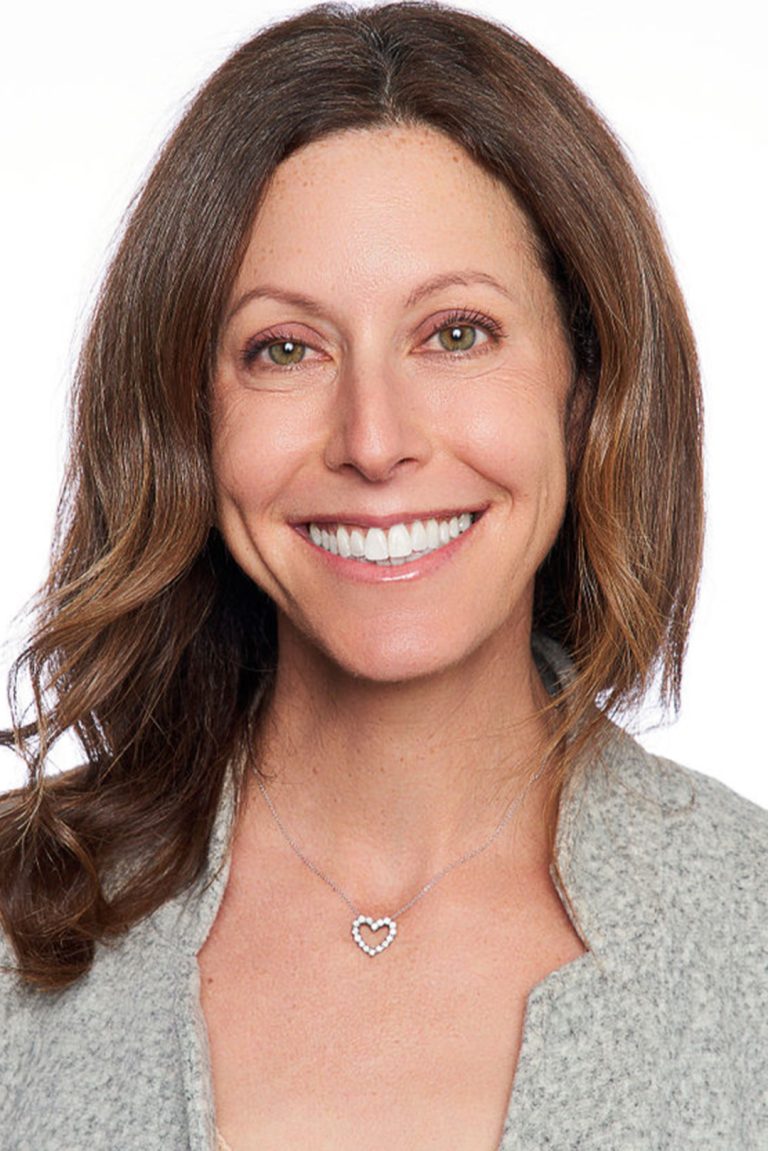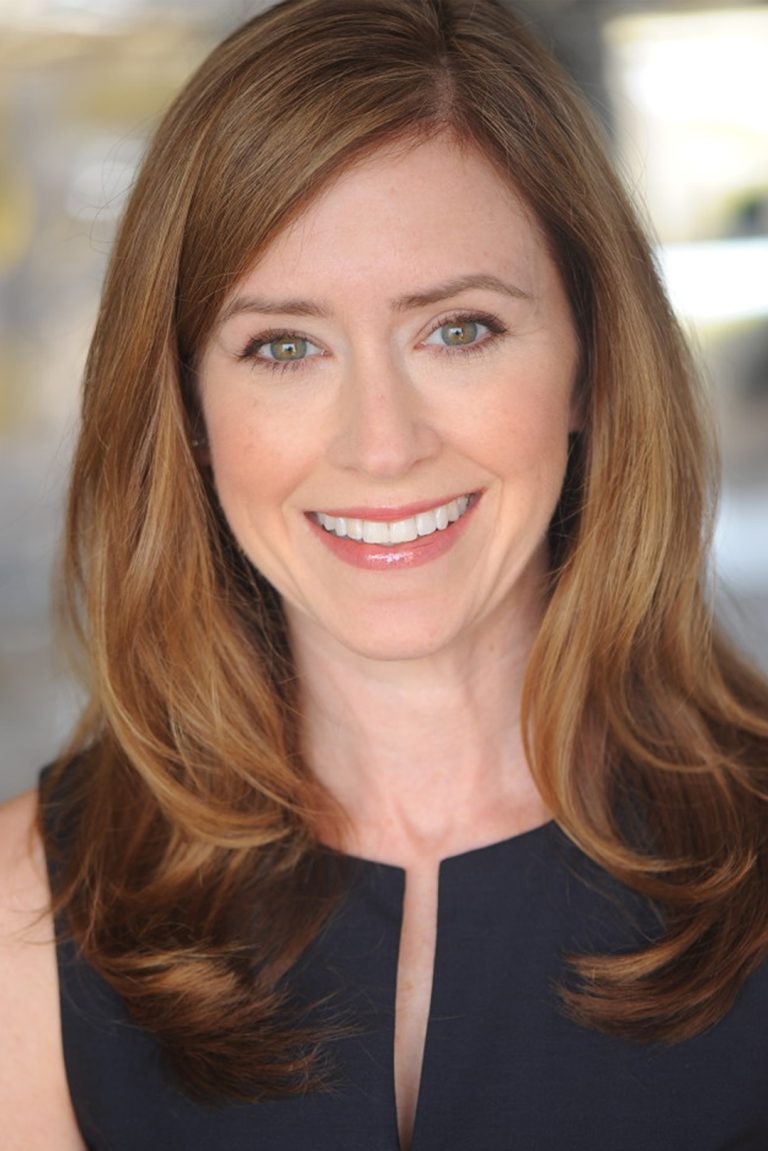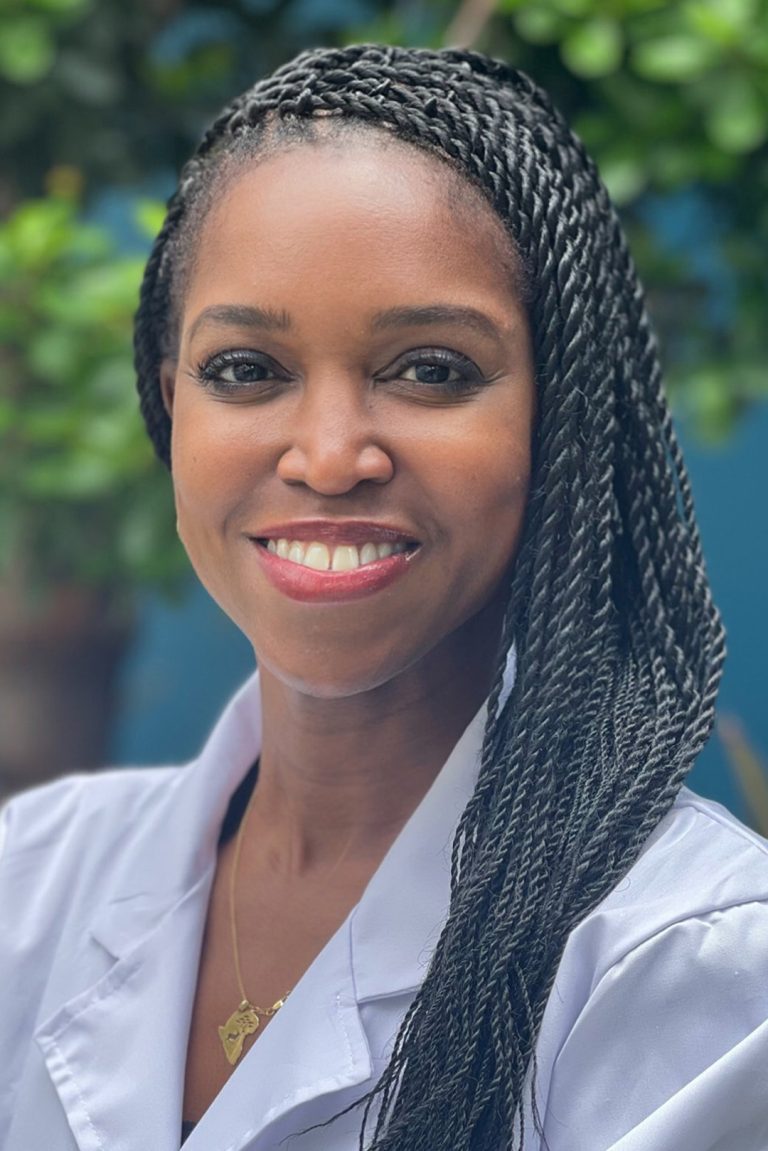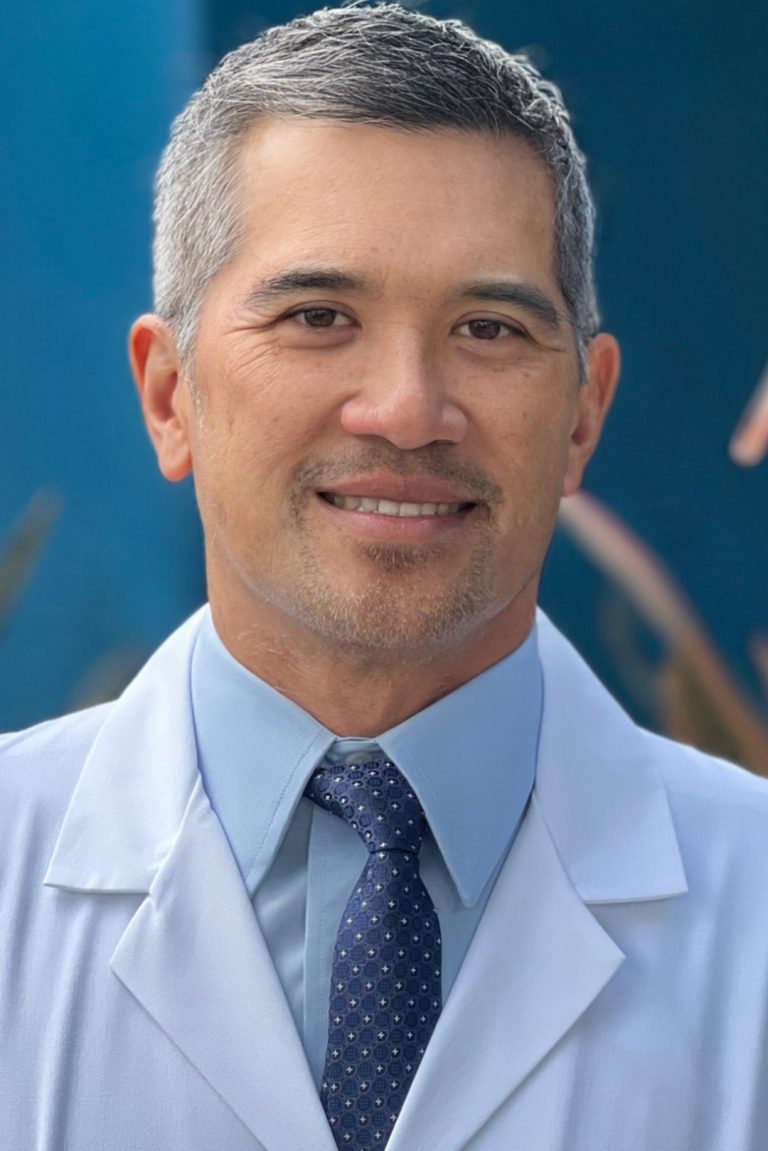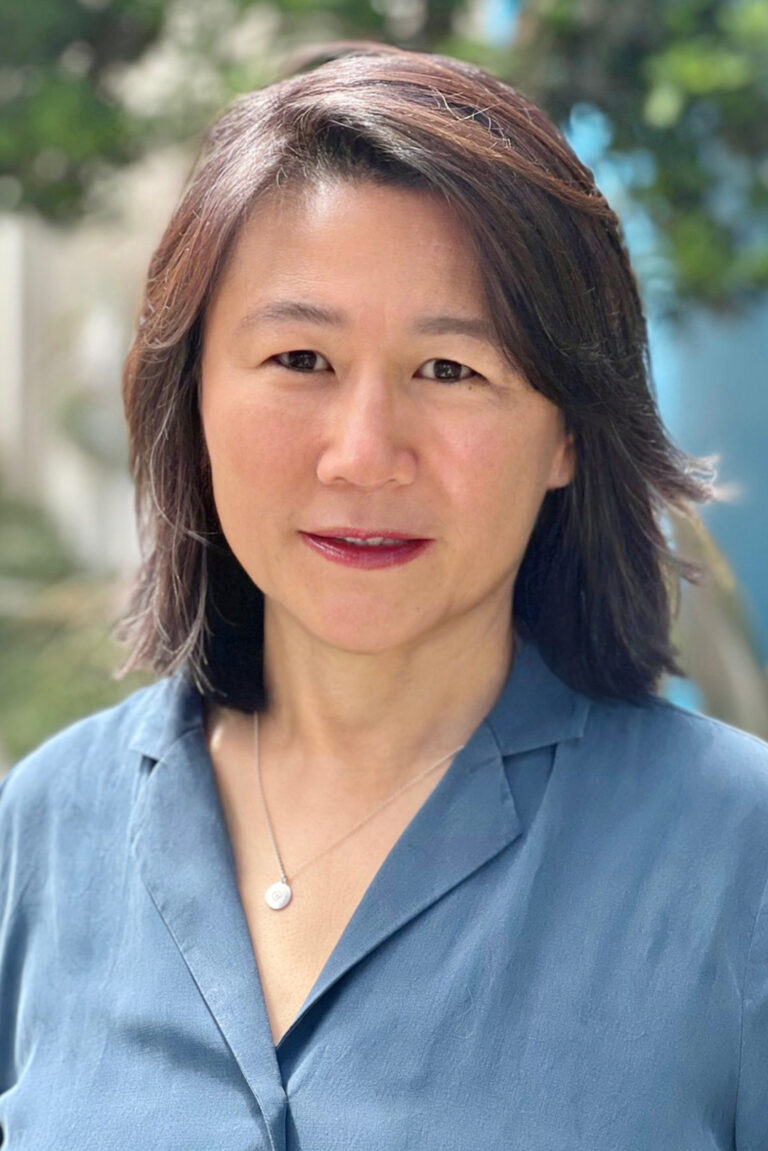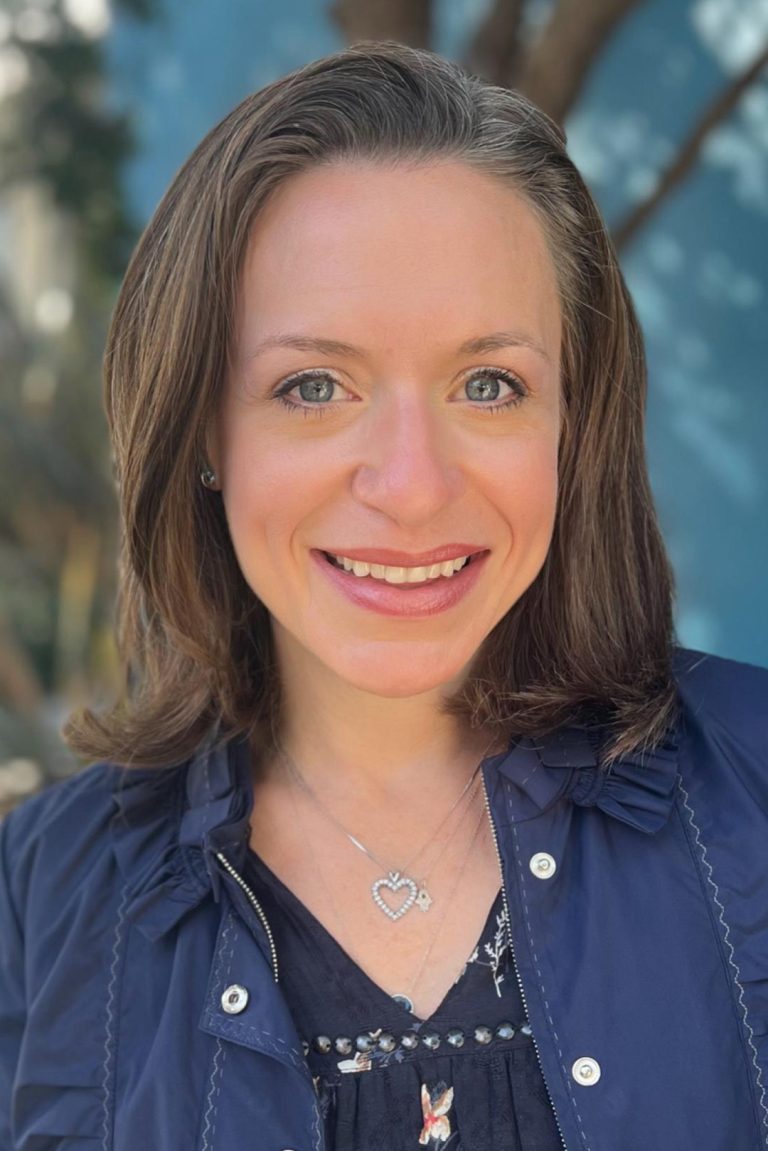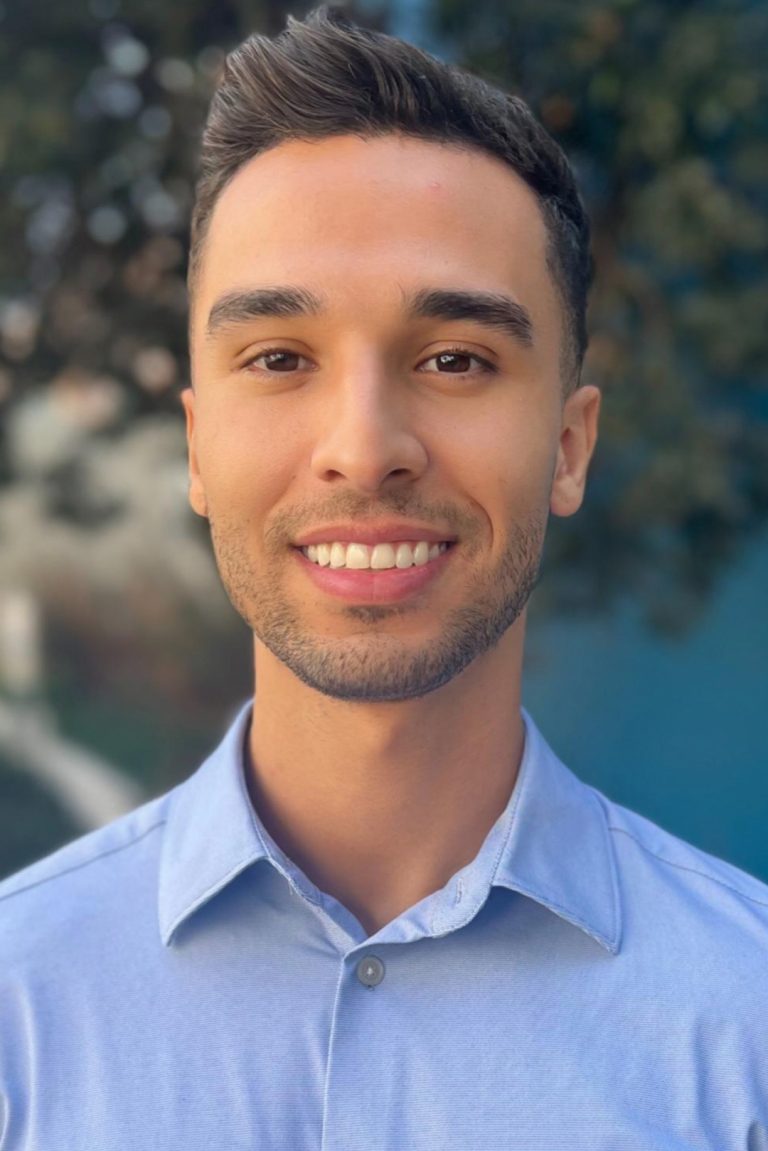Recently, Angelina Jolie announced she had a bilateral prophylactic mastectomy as a way to decrease her risk of developing breast cancer with her history of BRCA 1 gene mutation. She also encouraged all women to seek medical advice and get tested when indicated. The following article addresses some of those concerns: namely, general preventive measures, testing, surveillance and management options.
Women with BRCA1 or 2 mutations have a 50-85% lifetime risk of breast cancer and a 15-40% risk of ovarian cancer.Testing for BRCA1 & 2 mutations should be considered when there is personal or family history of breast cancer.
Regardless of the type of breast cancer, prevention may decrease the odds of expressing gene mutations that my lead to cancer.
Prevention:
Lifestyle Modifications: Lifestyle influences the expression of genes and the development of mutations. There is evidence that certain lifestyle changes help prevent other types of breast cancer and these could, in theory, help prevent cancer in BRCA1 & 2 carriers too, but evidence is limited. Nevertheless these measures generally lead to a healthy life style and the avoidance of carcinogens which could tip the balance in the right direction and help recover from cancer treatment if this actually develops.
Exercise and healthy weight: Exercise for at least 30 min a day is very beneficial for general health and breast cancer prevention. For women with BRCA mutations, aerobic exercise that leads to reduction in circulating estrogens may help prevent breast cancer development. Running for 20-30 min a day, 5-7 days a week appears to have the greatest effect in patients with BRCA mutations. Weight loss shooting for BMI of 21 or less in postmenopausal women and 21-24 in premenopausal women seems to have an effect also.
Diet: Increase intake of fruit and vegetables to 5-10 servings a day, as phytonutrients are rich in cancer fighting chemicals. Follow an Anti-inflammatory diet. Decrease fat in diet, particularly animal fat. Stopping all dairy product intake may have some benefits. Eating 1.5 cups of cruciferous vegetables daily is highly beneficial. Consuming more than 20 mg of isoflavones from soy foods daily decreased risk by 29% in a study conducted in Asian women. Avoid high glycemic index foods, sweets, soda, white bread, cereals and sweet juices or drinks.
Avoiding carcinogens and hormonal disruptors: Eat organic, as these foods have fewer pesticides, Check out some shopping guides from environmental working group. Avoid hormonal disruptors and toxins in cosmetics: See this green cosmetic buying guide.
Supplements and Aspirin: Taking the Broccoli derivative indole-3-carbinol as a supplement 200-300mg/ day or DIM (dindolymethane) has significant breast cancer fighting power. Vitamin D at doses of 2000 IU may have a role, trial underway, evidence not conclusive. Taking B2, B6, B12, SAMe, folic acid and Magnesium supports methylation of estrogen to less active metabolites. Taking melatonin 1-3 mg every night would help with sleep and this nutrient is a potent antioxidant that has also anti-cancer properties. Aspirin is controversial but likely beneficial in many other health issues so may be considered. Talk to your doctor about what supplements are right for you.
Avoid Tobacco and alcohol: Not smoking and limiting alcohol intake to no more than 1 glass a day or avoiding it altogether significantly decrease breast cancer risk.
Child birth and Breastfeeding: First birth before the age of 30-35 appears to confer some protection from breast cancer. Breastfeeding for more than 16 months offers great benefit, at least 6 months helps.
Occupational: Avoid shift work as it decreases melatonin, a substance that has anticancer and antioxidant properties.
Another line of defense is chemoprevention (medications that prevent cancer chemically.
Chemoprevention for patients with BRCA 1 & 2 mutations includes oral contraceptives and tamoxifen.
Testing: Having first degree relatives with breast, ovarian or pancreatic cancer may make people wonder if they should be tested for BRCA 1 & 2 mutations. It is a good idea to encourage testing the relative with the cancer, if possible, as this will reveal whether the cancer was due to either BRCA 1 or 2 gene mutations. If they don’t have the mutation, there is hardly any need to test anyone else, as the cancer was not related to those mutations.
The following testing criteria summarize the recommendations by the United States Preventive Services Task Force and The National Comprehensive Cancer Network:
Family history of BRCA1 & BRCA2
Personal history of breast cancers diagnosed under 45 years
Personal history of breast cancer under 50 years plus one first or second degree relative with breast cancer under 50 years or a relative with ovarian, fallopian, primary peritoneal cancer
The person is Ashkenazi Jewish and has a first degree relative with breast cancer or ovarian cancer (or two second degree relatives in the same side of the family)
Breast cancer history in a male relative
Bilateral breast cancer in a first degree relative
First or second degree relative with both breast and ovarian/fallopian cancer
Two first degree relatives with breast cancer (one diagnosed before age 50)
Three or more relatives with breast cancer
Triple negative breast cancer diagnosed under age 60
Two or more relatives with pancreatic cancer.
The test is a genetic blood test that costs between 3 and 5 thousand dollars.
Surveillance:
It consists of breast self-exam every month beginning at age 18; quarterly clinical breast examination (at the doctor’s office) beginning at age 25; annual mammogram and breast MRI screening alternated every six months beginning at age 25 or 5 to 10 years before the age of onset in the family and biannual ovarian cancer screening with trans-vaginal ultrasound and a blood test called CA-125, beginning at age 35, or 5 to 10 years earlier than the age of diagnosis of ovarian cancer in the family.
Management:
Risk reducing surgery: recommended after the age of 40, or completion of childbearing, in BRCA 1 & 2 carriers.One type is risk-reducing bilateral salpingo-oophorectomy (surgical removal of both ovaries and fallopian tubes), which decreases the risk of ovarian/fallopian cancer by 80% and breast cancer by 30-75%. The other is risk reducing bilateral mastectomy, which decreases the risk of breast cancer by 90%. Women have to decide with their physician, which one is best for them and when to do the procedure.
Mastectomy options:Bilateral total mastectomy is favored because it leaves less glandular tissue behind and has therefore less risk of cancer recurrence.
Skin sparing mastectomy with or without areola-nipple preservation which offers superior cosmetic results and limited data suggest, no greater risk of recurrence.
Both are candidates for immediate breast reconstructive surgery (implants).
Issues that may arise after risk reducing surgery include:
Hormonal changes:
After having both ovaries removed, most women tend to experience sudden menopause. Female hormones and testosterone levels drop very rapidly, causing hot flashes, mood swings, trouble sleeping, changes in weight (likely gain), and in the long run, thinning skin and hair. Dropping hormones are also likely to affect sexual health by lowering libido and causing vaginal dryness and thinning of the mucosa, which may lead to pain during intercourse. Women could also experience, with time, greater risk of heart attacks, thin bones and proneness to fracture, as well as a tendency to experience psychological problems like anxiety and depression. All these issues have to be discussed with the healthcare providers and plans made for their management.
Body image concerns: Breast aesthetic outcomes vary depending on the mastectomy procedure. It is important for women to figure out what they will be able to deal with and what procedures are covered by their insurance before they make a decision. Most women are candidates for immediate breast reconstruction. Fashion photographer David Jay recently published a series of photos to bring awareness to breast cancer, photographing the nude upper bodies of friends and young models that had developed cancer and had mastectomies. The photosare beautiful, striking and very informative (viewer discretion advised).
Breast cancer touches the lives of many women, prevention of this disease is a very important element women’s health, in cases like Angelina’s and those of other women with strong family histories, this will require genetic testing and in some cases surgical intervention, as well as the strong support of their families and communities.
References:
UpToDate articles:
Management of hereditary breast and ovarian cancer syndrome and patients with BRCA mutations
Authors: Claudine Isaacs, MD, Suzanne W Fletcher, MD, Beth N Peshkin, MS, CGC, Section Editor
Daniel F Hayes, MD, Deputy Editor Rosemary B Duda, MD, MPH, FACS
Disclosures : All topics are updated as new evidence becomes available and our peer review process is complete. Literature review current through: May 2013. | This topic last updated: Apr 10, 2013.
Genetic testing for hereditary breast and ovarian cancer syndrome
Authors: Claudine Isaacs, MD, Suzanne W Fletcher, MD, Beth N Peshkin, MS, CGC, Section Editors
Daniel F Hayes, MD, Benjamin A Raby, MD, MPH, Deputy Editor, Rosemary B Duda, MD, MPH, FACS
Disclosures: All topics are updated as new evidence becomes available and our peer review process is complete.
Literature review current through: May 2013. | This topic last updated: Aug 13, 2012.
Risk prediction models for breast cancer screening
Author: Suzanne W Fletcher, MD, Section Editor Daniel F Hayes, MD, Deputy Editor H Nancy Sokol, MD
Disclosures: All topics are updated as new evidence becomes available and our peer review process is complete.
Literature review current through: May 2013. | This topic last updated: Nov 11, 2012.
Further reading:
Patient information: Genetic testing for breast and ovarian cancer


